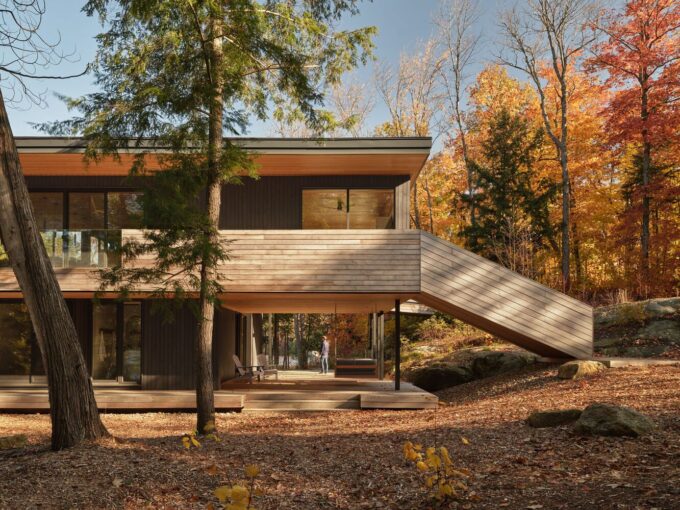- Home
- Articles
- Architectural Portfolio
- Architectral Presentation
- Inspirational Stories
- Architecture News
- Visualization
- BIM Industry
- Facade Design
- Parametric Design
- Career
- Landscape Architecture
- Construction
- Artificial Intelligence
- Sketching
- Design Softwares
- Diagrams
- Writing
- Architectural Tips
- Sustainability
- Courses
- Concept
- Technology
- History & Heritage
- Future of Architecture
- Guides & How-To
- Art & Culture
- Projects
- Interior Design
- Competitions
- Jobs
- Store
- Tools
- More
- Home
- Articles
- Architectural Portfolio
- Architectral Presentation
- Inspirational Stories
- Architecture News
- Visualization
- BIM Industry
- Facade Design
- Parametric Design
- Career
- Landscape Architecture
- Construction
- Artificial Intelligence
- Sketching
- Design Softwares
- Diagrams
- Writing
- Architectural Tips
- Sustainability
- Courses
- Concept
- Technology
- History & Heritage
- Future of Architecture
- Guides & How-To
- Art & Culture
- Projects
- Interior Design
- Competitions
- Jobs
- Store
- Tools
- More
Mastering Architectural Design Tools: Tips for Beginners

The field of architecture has evolved significantly over the past few decades, particularly with the introduction of digital tools that help in conceptualization, design, and presentation. For beginners in the architectural field, mastering these tools can be a daunting task. However, understanding the current digital trends and gaining proficiency in key tools can enhance an architect’s ability to design, visualize, and communicate their ideas effectively.
Understanding the Value of Architectural Design Tools
The advent of digital tools has radically transformed the field of architecture. Not only do they facilitate greater precision and control, but they also allow architects to explore innovative design solutions, conduct simulations for structural analysis, and produce impressive presentations.
- Computer-Aided Design (CAD) tools like AutoCAD and Rhino, for instance, are fundamental for creating technical drawings and 3D models. These tools facilitate the creation of complex geometries and accurate scale models, which are essential in both design development and construction documentation.
- BIM (Building Information Modelling) software like Revit and ArchiCAD go a step further by enabling architects to create data-rich models that can be used for comprehensive building analysis and coordination with other professionals.
- For rendering and visualizations, tools like 3DS Max, V-Ray, and Lumion are highly valuable. They allow architects to produce photorealistic images and animations, enhancing their ability to communicate design intent.

Tips for Mastering Architectural Design Tools
Start with Basics: Learn the fundamental tools like AutoCAD first to understand the basics of architectural drawing and modeling. Once you are comfortable with these, you can progress to more advanced software.
Practice Regularly: Consistent practice is key to proficiency. Regular use of these tools helps in understanding their functionalities and potential.
Participate in Training Programs: There are several online and offline courses, tutorials, and webinars that can help beginners learn and master these tools.
Stay Updated: Architectural software is constantly evolving. Ensure that you are up-to-date with the latest versions and features. Participate in online communities and forums to learn from others’ experiences.
Current Trends in Architectural Design Tools
Understanding the current trends in architectural design tools is critical for staying relevant in the field.
Virtual and Augmented Reality (VR and AR): These technologies allow architects and clients to experience the designed spaces in a more immersive and interactive manner. Tools like Unity and Unreal Engine are being increasingly used for creating these virtual environments.
Parametric and Generative Design: Tools like Grasshopper for Rhino and Dynamo for Revit allow architects to use algorithms to generate complex forms and optimize design solutions.

Collaboration Tools: Cloud-based solutions like BIM 360 and ProjectSight are facilitating better coordination and communication among project teams, enabling real-time sharing and editing of models and documents. In the complex world of architectural design and construction, collaboration is key. The necessity of close coordination among architects, engineers, contractors, and other stakeholders is undeniable. Collaboration tools, particularly digital ones, are making this integration seamless and more efficient, facilitating the management and execution of projects with more precision and lesser conflicts.
The utilization of collaboration tools in architecture has several advantages. It enhances transparency and communication among team members, helping to avoid misunderstandings and conflicts. They also save time by providing a central repository for all project-related information, reducing the need for lengthy search and retrieval processes. Furthermore, these tools support decision-making processes by allowing quick feedback and approval cycles. The result is more efficient project delivery with fewer errors and reworks.
To succeed in mastering architectural design tools, beginners can find valuable resources and guidance through platforms like OutOnSite which offers comprehensive tips and tutorials to help you get started.
Sustainability Analysis: Tools like Insight 360 and Sefaira are empowering architects to conduct energy and environmental performance analysis of their designs, supporting the creation of more sustainable buildings.
The architectural landscape is continually evolving, and so are the tools used within it. For beginners in architecture, understanding and mastering these digital tools is not just a technical requirement, but a gateway to a broader spectrum of design possibilities. Regular practice, continued education, and staying abreast with current trends will ensure that beginners can fully leverage these tools to their advantage. Ultimately, the goal should be to use these tools to facilitate creativity and innovation, while still adhering to the principles of good architectural design.

Submit your architectural projects
Follow these steps for submission your project. Submission FormLatest Posts
The Ultimate Guide to Fencing in North Dakota: Choosing the Best Fence for Your Property
Watching a chain link fence twist in 70 mph winds near Minot...
Gaudí: Where Architecture Meets Science
Gaudí: Where Architecture Meets Science shows catenary arches, ruled surfaces, and biomimicry...
How Housing Market Forces Shape Architectural Design Today
Architecture never exists in isolation. Buildings rise from a mix of ambition,...
Why Portable Formaldehyde Gas Detectors Matter on Construction Sites
As construction practices shift toward more enclosed and material-intensive environments, the risk...












Leave a comment